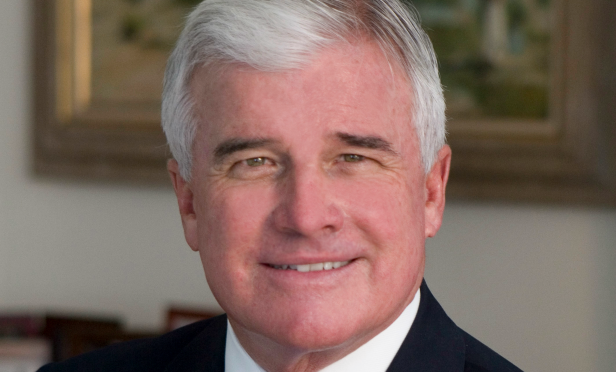 At the end of September, the Federal Reserve increased interest rates again this year. It was no surprise; interest rate increases have become an expectation, and will likely continue through early 2020 with an additional increase expected to come at the December meeting. While rates have increased slowly, they are now at 2.18% as of the September meeting; however, the higher rates have yet to impact investor allocations or availability of capital.
At the end of September, the Federal Reserve increased interest rates again this year. It was no surprise; interest rate increases have become an expectation, and will likely continue through early 2020 with an additional increase expected to come at the December meeting. While rates have increased slowly, they are now at 2.18% as of the September meeting; however, the higher rates have yet to impact investor allocations or availability of capital.
“There has been a steady increase in interest rates the last several months,” Patrick Ward, founder and president of MetroGroup Realty Finance, tells Globest.com. “The increase has not been dramatic enough to affect the allocation or availability of capital for real estate. However, it has affected the returns investors are seeking in real estate investments. We have not seen an adjustment of pricing sellers are expecting but if rates continue to increase interest rates will affect pricing. The current ten-year Treasury bill is around 3.10%. Recently, it hovered in the 2.20% range. Therefore, interest rates are up approximately 90 basis points.”
One reason that there has been minimal impact thus far is because, while rates are increasing, they are still at historical lows. According to Ward, most lenders are priced in the range of 1.80% to 2.20% over treasury bills, putting coupon rates for ten-year term mortgages between 4.90% and 5.30%. “This is a range that is still attractive enough that it will not alter the velocity of transactions, or from the capital side, lender allocations,” he adds. “In addition, the majority of maturing loans today typically fall within this range.”
These rates are still attractive, and Ward expects availability of capital to remain strong through the end of the year, however, sale velocity may slow as buyers and sellers adjust their expectations alongside the new interest rates. “Since we have been providing capital for real estate investments since 1983 we have seen many cycles,” Ward explains. “As we are in an environment of rising rates we are now seeing owners and investors refinance their properties prior to their existing loan maturity dates in anticipation of future higher rates. Therefore, we see lending volumes to at least remain steady and may increase for the balance of the year.”
The Fed plans to increase interest rates as much as 100 basis points over the next two years, so more increases are on the horizon. However, Ward reminds that most capital is priced over the long-term, not the short-term rates controlled by the Fed. “We must however, remember real estate capital is predominantly priced over long-term rates mainly the 10-year Treasury Bill. As we have often seen in the past long-term rates do not always and necessarily directly track short-term rates,” he explains. “In the last twenty years the ten-year Treasury Bill has ranged from 80 basis points below the fed funds rate to 241 basis points (2.41%) over the fed funds rate. Long-term U.S. treasury bills which are the main instrument that guides real estate capital pricing are universal instruments affected by global socioeconomic and political events.”
© Touchpoint Markets, All Rights Reserved. Request academic re-use from www.copyright.com. All other uses, submit a request to [email protected]. For more inforrmation visit Asset & Logo Licensing.






